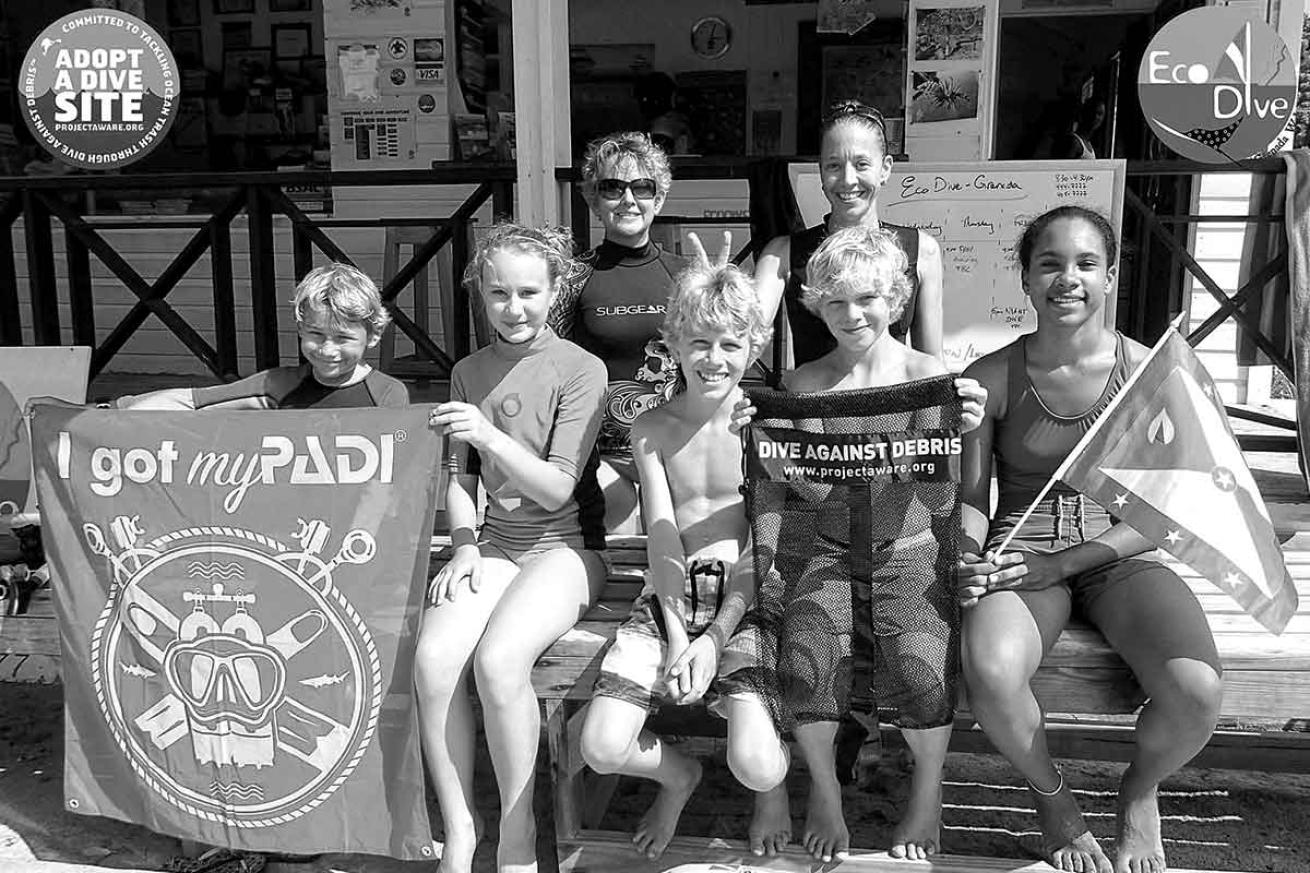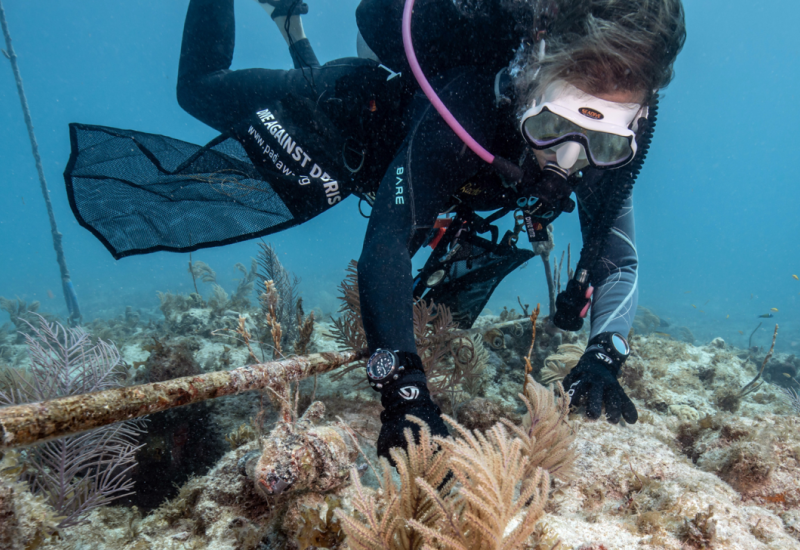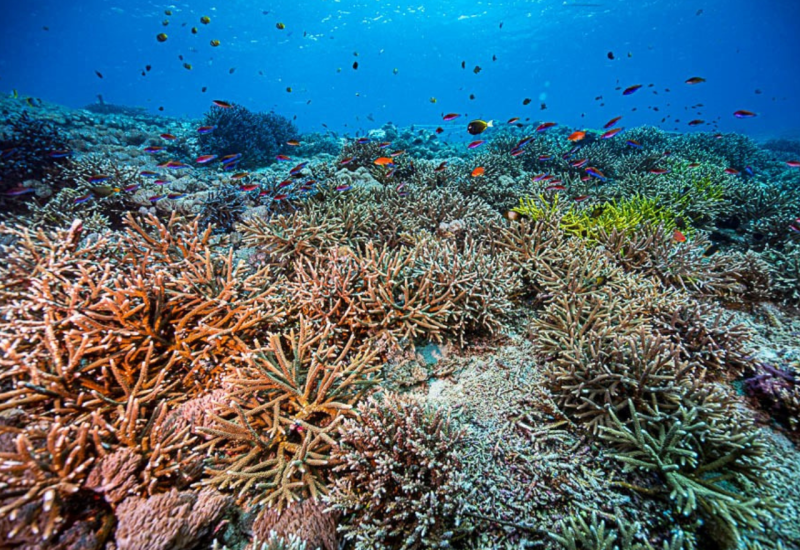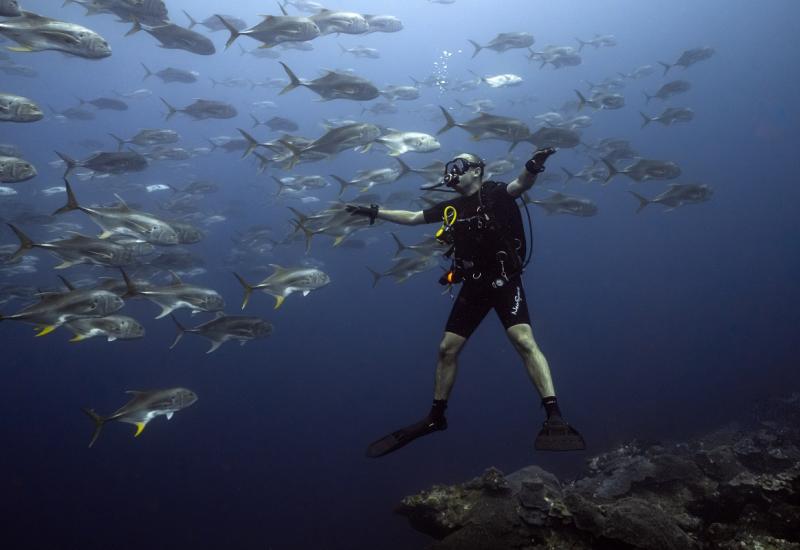Project AWARE Activists Target Debris at Top Grenada Dive Sites
No group has greater potential to influence positive change for our ocean planet than scuba divers. Project AWARE’s global volunteer network proves this time and again. Through Project AWARE’s Adopt a Dive Site initiative, more than 220 dive sites have been adopted so far, with more than 1,500 participants across the globe committing to monthly Dive Against Debris surveys to protect underwater areas from marine debris. And their efforts don’t stop there. Whether eliminating single-use plastic products from their dive businesses, introducing composting and worm bins to dive shops, or launching educational workshops to increase awareness among local communities, these ocean stewards will stop at nothing to keep our ocean clean and healthy. Throughout 2017, we’re highlighting the incredible individuals who make our work possible.
Spotlight on Debris Activist Christine Finney
Adopted Dive Site: Grand Anse Beach, Grenada
Scuba diver since: 2003

Courtesy Christine FinneyA team of Dive Against Debris activists in Grenada
A passion for marine environments led Christine Finney to scuba diving. Growing up on the Atlantic coast in Canada, she was mesmerized by the ocean’s rising and falling tides, small creatures in its tide pools, and magnificent wildlife. Since childhood, she’s worn a whale tail pendant necklace given to her by her marine biologist father to remind her of their shared passion. Today, Finney works alongside him as a marine biologist, and as a scuba instructor at Eco Dive in Grenada.
Q: Favorite dive site?
A: Our dive shop is located right in the middle of Grand Anse Beach, with a great big sea-grass bed at our fingertips. Due to its beachfront access, it is often subject to ocean trash from coastal development and tourist traffic. For us, our work with Adopt a Dive Site is invaluable — cleaning up our front door makes diving more accessible to the public, and by making our efforts visible, more guests become educated and then take action on their own to clean the ocean.

iStockphotoGrand Anse Beach, Grenada
Q: Why does the Grand Anse Beach shore dive site need to be protected?
A: Sea-grass beds are areas often overlooked by divers, but they’re great places to find critters and are invaluable nursery habitats and seabed-stabilizing root systems. Because Grand Anse is the most visible portion of the coast — to locals, boaters and the nondiving public alike — we can use our efforts to expose the problem of marine-debris pollution here as well as raise awareness and encourage action for conservation. We aim to encourage reduced anchoring by demonstrating what great marine life exists in this habitat and expose the issue of marine debris. We’ve recently submitted a proposal for the Grand Anse Marine Protected Area Plan, and will continue to do all that we can to support and encourage marine park establishment.
Q: Strangest piece of marine trash found?
A: Stapler.
Top Dives in Grenada
When you’re visiting this eastern Caribbean island country — which includes Carriacou and Petite Martinique — don’t miss the chance to buy spices such as nutmeg, sample chocolate made by a cocoa co-op and, of course, get in some stellar diving, including these standout wrecks.
Bianca C // Near Grand Anse Beach
In 1961, the 600-foot luxury Italian cruise ship was at anchor in St. George’s Harbor when a fire broke out after an engine-room explosion. Today, advanced divers make blue-water descents past 100 feet in swift current to dive the Titanic of the Caribbean.
Shakem // Grand Anse Beach
This 180-foot cargo barge went down with a full load of concrete-stuffed bags, still visible in the open hold. The coral-festooned bow is popular with photographers.
Veronica L // Near St. George’s Harbor
This small wreck in only 45 feet of water offers plenty of marine life, including camouflaged frogfish, morays, rays and schooling reef fish.










